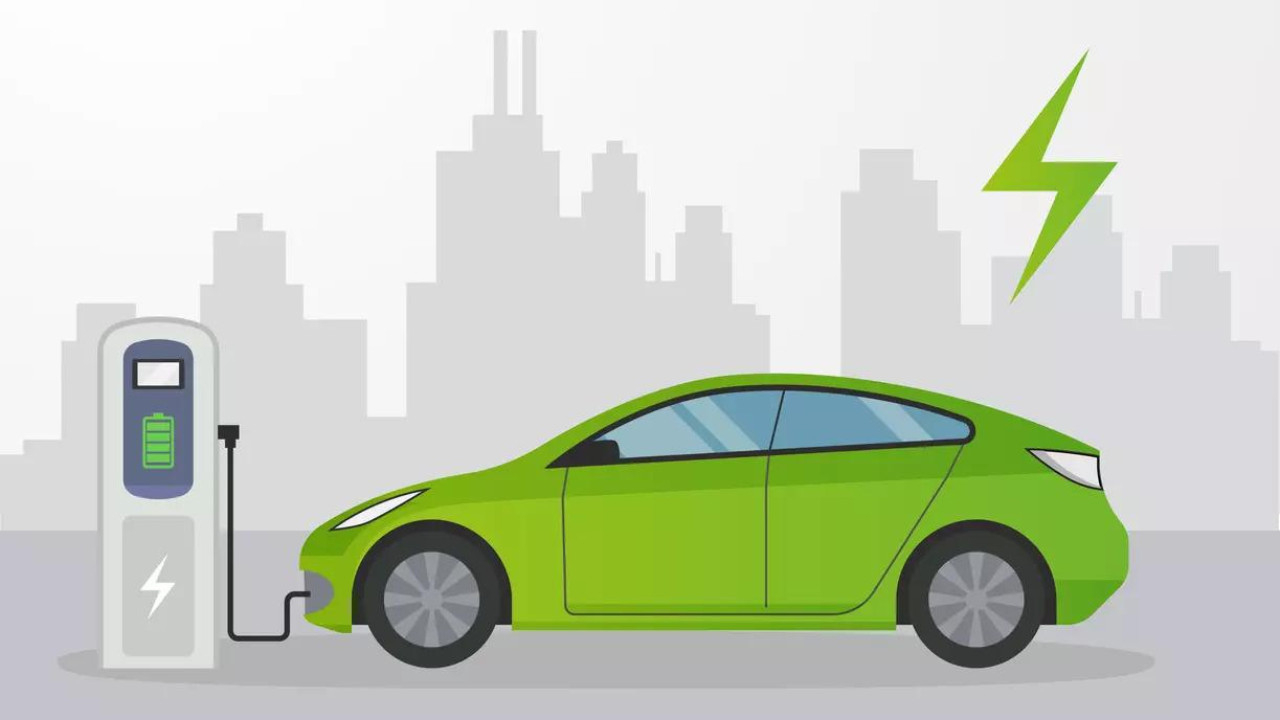Niti Aayog’s report urges the government to establish a national EV policy with clear targets and timelines to accelerate India’s transition to clean mobility. The report suggests mandates, disincentives for ICE vehicles, and a focus on high-potential EV segments. It also proposes a pooled fund for low-interest loans and prioritizes service delivery models to achieve 30% EV penetration by 2030.
India’s Electric Vehicle Revolution: Charting a Course for 2030
The hum of electric vehicles (EVs) is growing louder, and India is poised to orchestrate a symphony of change in its transportation landscape. Forget incremental shifts; the nation is aiming for a full-blown electric revolution, with NITI Aayog spearheading the charge. But what does this ambitious roadmap look like, and how will India navigate the road ahead to achieve a 30% EV sales share by 2030?
The current landscape reveals a nation still in the early stages of EV adoption, yet brimming with potential. While EVs are slowly gaining traction, their presence on Indian roads is a mere fraction of the overall vehicle population. This reality underscores the need for a comprehensive and strategically crafted national EV policy.

NITI Aayog’s call for a time-bound national EV policy signals a recognition of the urgency required. A clear and cohesive policy framework is essential to unlock the full potential of the EV market, attracting investments, fostering innovation, and ensuring a level playing field for all stakeholders. The policy is expected to address key areas, including:
* Incentives and Subsidies: Financial incentives are crucial in bridging the price gap between EVs and traditional internal combustion engine (ICE) vehicles. This could involve purchase subsidies, tax breaks, and other financial benefits to encourage consumers to embrace electric mobility.
Charging Infrastructure Development: Widespread EV adoption hinges on a robust and accessible charging infrastructure. The policy will likely outline strategies to accelerate the deployment of charging stations across the country, including public charging points, home charging solutions, and battery swapping facilities. The focus is on accessible and reliable EV charging*.
* Battery Manufacturing and Recycling: A sustainable EV ecosystem requires a strong domestic battery manufacturing base and responsible recycling practices. The policy may promote local battery production through incentives and technology transfer initiatives while also establishing guidelines for safe and environmentally sound battery disposal.
* Skill Development and Job Creation: The transition to EVs will create new job opportunities in areas such as manufacturing, charging infrastructure, maintenance, and software development. The policy should prioritize skill development programs to equip the workforce with the necessary expertise to support the growing EV industry.
* Public Awareness and Education: Educating consumers about the benefits of EVs is vital to driving demand. The policy should include initiatives to raise public awareness about the environmental and economic advantages of electric mobility.
Beyond policy interventions, the roadmap to a 30% EV sales share will necessitate a collaborative effort from various stakeholders. Automakers need to invest in developing and manufacturing a diverse range of EV models tailored to the Indian market. Battery manufacturers must innovate to improve battery performance and reduce costs. Energy companies have a crucial role to play in ensuring a reliable and affordable supply of electricity for charging EVs. Consumers, too, need to embrace the shift towards electric mobility.
The benefits of a successful EV transition are far-reaching. Reduced air pollution, decreased reliance on fossil fuels, and a boost to the domestic manufacturing sector are just a few of the potential rewards. However, challenges remain. High upfront costs, range anxiety, and limited charging infrastructure are significant hurdles that need to be addressed. The upcoming national EV policy is expected to pave the way for overcoming these challenges.
Moreover, achieving the 30% target necessitates a tailored approach for different vehicle segments. Electric two-wheelers and three-wheelers are already gaining popularity in India, and further incentives and support can accelerate their adoption. Electric buses are also a promising area, particularly for public transportation in urban areas. Passenger cars and commercial vehicles present a greater challenge, requiring a combination of incentives, infrastructure development, and technological advancements. Explore our insights on [sustainable transportation solutions](internal-link-to-related-content).
India’s electric vehicle (EV) roadmap represents a bold vision for the future of transportation. By implementing a well-defined national EV policy and fostering collaboration among all stakeholders, the nation can accelerate the transition to electric mobility, creating a cleaner, more sustainable, and economically vibrant future for all. The journey towards 2030 promises to be transformative, and the world will be watching as India leads the charge.







